I’m a Nikon shooter and have shot a lot of Nikon Cameras, but that doesn’t mean I don’t appreciate a fine Canon. Of the modern Canon EOS cameras, I’ve shot the Elan 7ne is probably the best camera, I mean I’d take this over an EOS-1. But the Elan 7n/7ne are unique cameras in my view, one of a few the others being the Canon T90 and Nikon F90. These cameras have the specs and could very well be professional models but often are left aside. But if the three, the Elan 7ne would get the most publicity, but to be honest, if I had one land in my lap, I wouldn’t say no to keep it. Thanks to Mike Bitaxi for loaning this beauty out!
Specifications
Make: Canon
Model: Elan 7ne (EOS 7s (Japan), EOS33v (Europe)
Type: Single Lens Reflex
Format: 135 (35mm), 36x24mm
Lens: Interchangeable, Canon EF-Mount
Shutter: Vertical Travel Focal plane two-curtain shutter, 1/4000″ – 30″ + Bulb
Meter: TTL Composite SPD 35-Zone, EV1 ~ EV20 @ ASA-100, ASA-6 – ASA-6400
Autofocus: CMOS TTL-CT-SIR, EV1 ~ EV18 @ ASA-100
Dimensions (WxHxD): 146.7x103x69mm
Weight: 580g
Power Source: 2x CR132A Batteries
Year of Manufacture: 2004-18
Background
Founded in 1933 as Seiki K.K., the company aimed to produce a high-quality precision 35mm rangefinder in Japan. The company purchased a Leitz Leica II rangefinder, disassembled, studied and built a prototype in 1934. Not a perfect copy, with enough differences to keep legal issues at bay, the production copy, the Hansa Canon, and later the Canon, hit the markets in the mid-1930s. Initially released with Nikkor lenses, these were replaced with Seiki-made optics by 1937. Rangefinders were the standard for Canon (renamed in 1947) through the mid-century. In 1959, Canon released its first SLR, the Canoflex, a fully system camera with interchangeable lenses based around a breachlock bayonet system called the R-Mount. The R-Mount would be modified twice and, in 1971, became the FD-Mount. Canon would start to dabble with autofocus after the release of the Konica C35AF that used a passive autofocus system, licensed from Honeywell. Canon went on to release an active autofocus point and shoot. But when it came to an autofocus SLR, Canon proved far more cautious. The first was the trialing of the ‘quick focus’ system in the AL-1 that used a CCD sensor array to indicate when a subject in the centre of the viewfinder was in focus. This system went on to power the first autofocus SLR, the T80. But the real shock was the creation of the new Electro Optical System, or EOS that dropped in 1986. The EOS 650 marked a major shift, Canon went and built a brand new system from the ground up, putting no mechanical linkage between the lens and camera body, instead everything was done through electronics. The 650 proved successful and launched a long series of cameras; Canon discontinued the 650 in 1989. In 1989, Canon replaced its flagship New F-1, with the EOS-1, a professional camera body in the new EF-Mount and EOS architecture; the EOS-1 added an improved autofocus module and, more importantly, added a second quick access or thumbwheel, to help make adjustments easier for professional photographers on the film door back. Further autofocus improvements went into the EOS 10s, which also added a unique module. The EOS 10s used a barcode system, where you would buy a reader and a booklet that allowed you to scan in the setting for a difficult photography situation, like a back-lit portrait, and the reader would pass that information onto the camera and make the needed adjustment. When 1991’s EOS Elan (EOS 100) hit the market, it featured the new autofocus module, barcode reader from the EOS 10s, and the quick access thumbwheel of the EOS-1: these additional features but the Elan directly in the market segment for the advanced consumer and semi-pro photographers. Canon developed a new five-point autofocus sensor, which went into 1992’s Canon EOS A2; they also produced a new focus assist system called eye focus, where the photographer would look at the focus point they wanted the camera to focus on; this appeared on the A2e, a variant of the A2. In 1995, Canon released the successor model of the Elan, the Elan II. The Elan II featured a new body style and a five-point autofocus sensor. They also released the Elan IIe, a variant of the II but with an improved second-generation eye focus system. The new camera was smaller and lighter than the original Elan but continued to be aimed at the advanced consumer market segment. The new eye focus module also worked better in both portrait and landscape modes and could store two different calibrations for those who worked with and without glasses. But the Elan II(e) suffered from build quality, especially around the battery compartment; it would lose connection if you didn’t get a properly sized 2CR5. It was not until 2000 that a replacement came along; the Canon Elan 7 completely revamped the idea of a semi-pro SLR. The name Elan 7 came from the new 7-point CMOS-based autofocus sensor, and it was the first camera to use the new module. It also carried the ability to use predictive focus, a similar system found in the professional level EOS-1v: a new 35-segment lightmeter and plenty of other custom functions and capabilities. The Elan 7e added a new generation of eye focus control with the ability to store five calibrations. The new camera body featured more aluminium in the frame and body panels for a robust build quality that did not add too much extra weight. The move to digital SLRs allowed Canon to make one final update to the popular Elan 7, and in 2004 the Elan 7n and 7ne were released. While following the same form factor of the previous model, the 7n(e) used a new lightmeter and controller lifted from the semi-pro digital SLR, the EOS 10D that featured improved metering and the ability to the use the latest generation of speedlights. Production seems to have continued well into the 21st century with some pointing at 2018 as the discontinuation date.
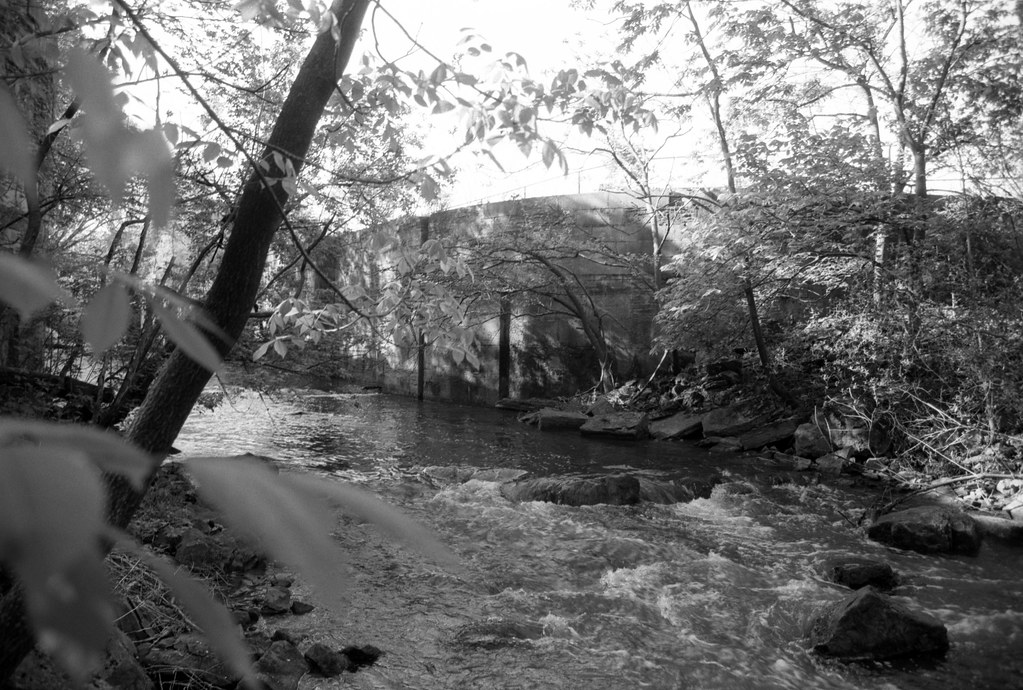
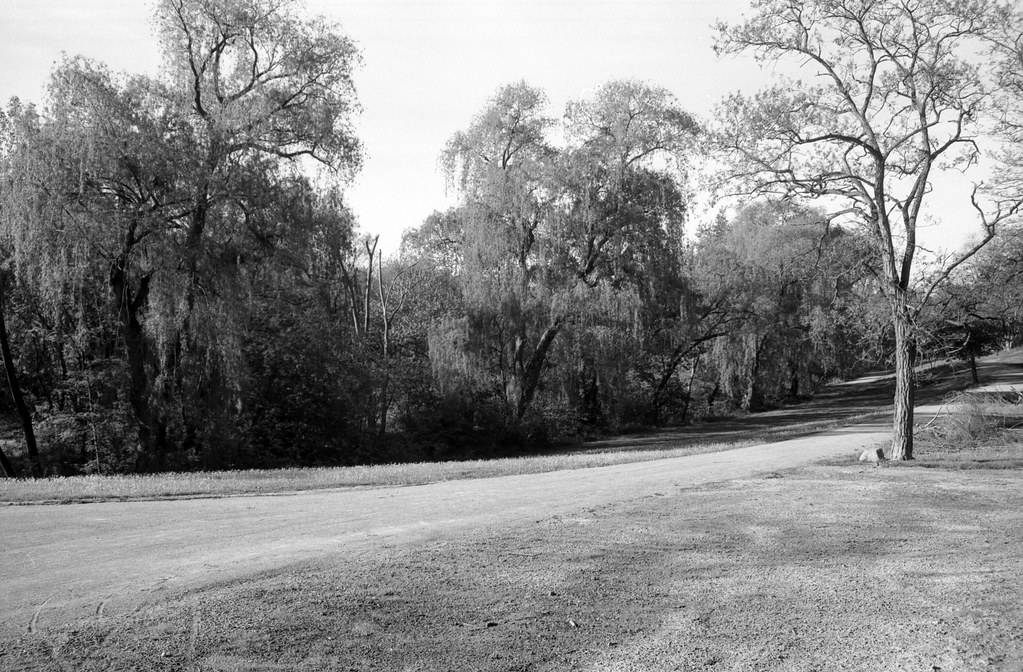
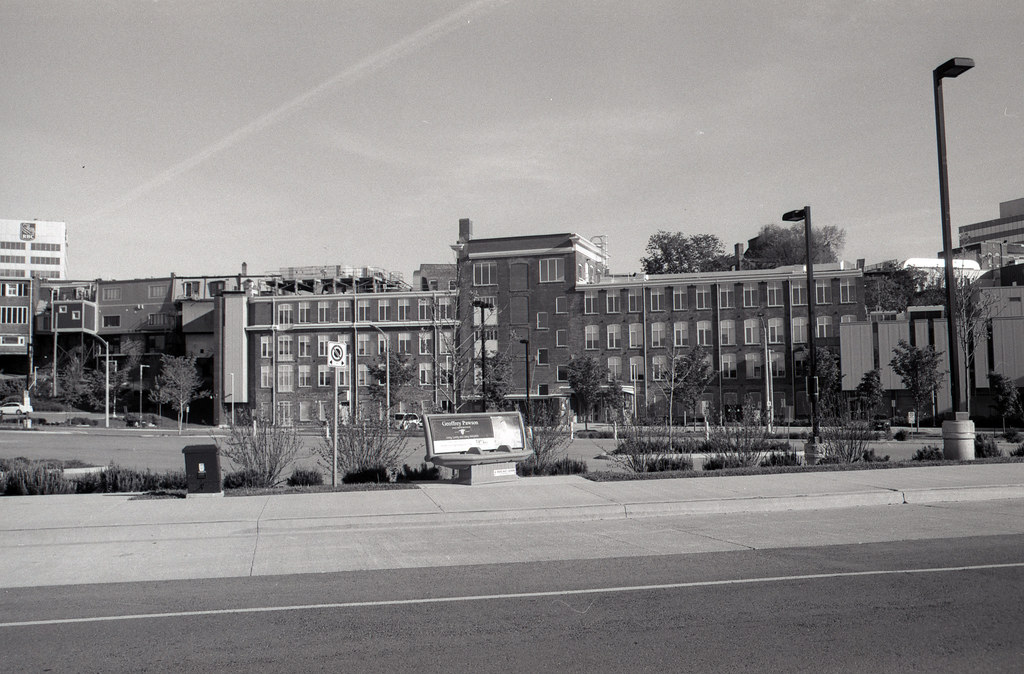
The Good
The first frame I shot on the camera my first instinct said, man, this is a smooth operating camera. Everything just works and works well. From loading the film to turning it on and operating the camera. The size, weight, and general feel of the camera make it ideal for shooting on a regular and daily basis, one thing that I had an issue with more consumer-oriented Canon cameras was the handgrip, far too narrow, but on the Elan 7ne, it’s perfect and reminds me of my old Nikon D70s or Nikon D300. The control layout is decent, with the main command dial right by the shutter release and the thumb wheel nicely placed so you can operate the camera, even in manual mode single-handed.



The Bad
There’s really only a couple things that I don’t really like on this camera. First off is where the on/off control is as part of the mode dial. Honestly, I don’t know why they did that. Having to not only turn on the camera but then remember to return to your mode is a bit odd to me. I personally would have preferred a separate on/off switch. While not a major dig at the camera, I find it more of an annoyance. The second annoyance is the eye-control, I ended up having to turn the feature off, which I’m glad you can. I can understand why such a system would be nice being able to look and have the camera focus, but honestly, I tried to get it to work and it didn’t. Not sure if I was doing it wrong or the system itself is flawed. As I said, at least you can turn it off and manually set the focus points.
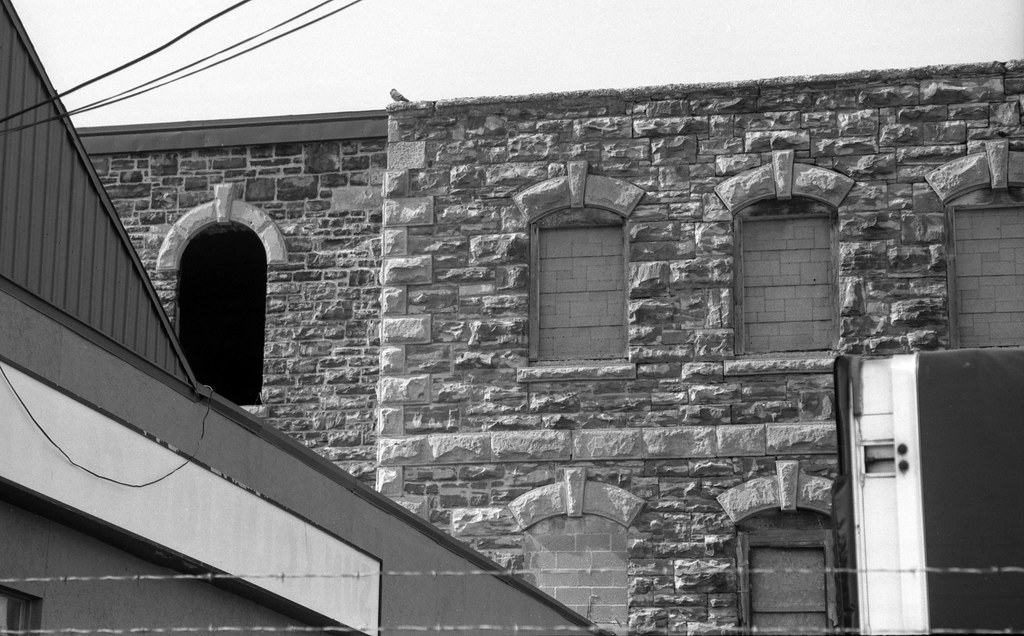


Optics
Coming Soon



The Lowdown
You don’t need to jump on an Elan 7ne, the original Elan 7n will do you just fine. As I said in the introduction the Elan 7n/ne is a camera that occupies a unique section of SLRs, when you started to see more advanced cameras that aren’t aimed at the professional but more the advanced amateur those who love photography and desire that higher-end camera but don’t have the budget. Now if you’re looking for a good spot to start in 35mm film cameras and already have the EF (not EF-S) than an Elan 7n would be a solid camera to start with as it does have a very similar look and feel to most digital SLRs offered up from Canon. Plus, even on the used market, they can be had for a fair price.
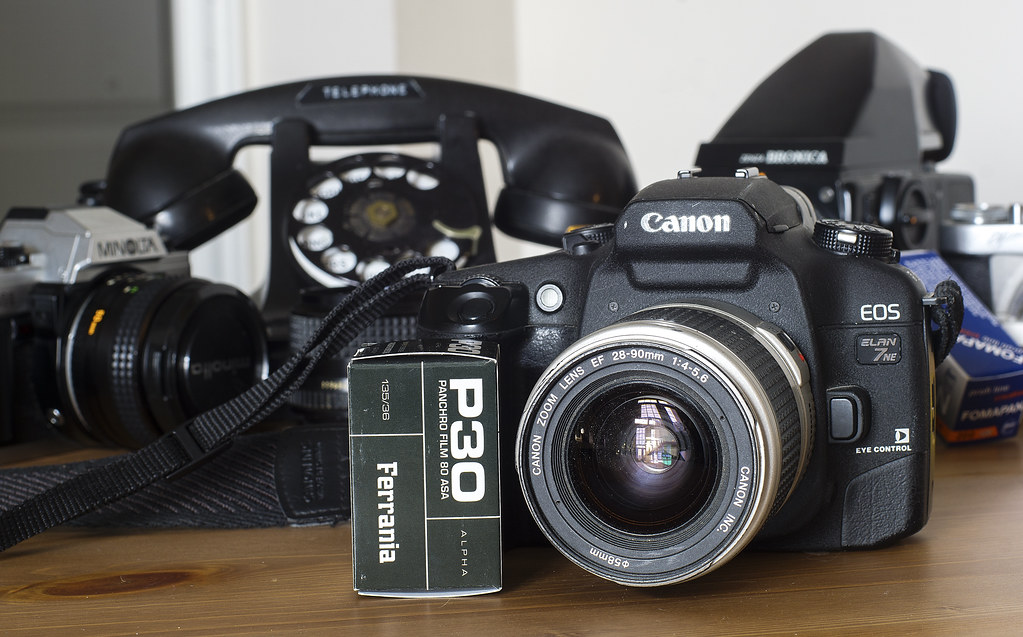
2 Comments